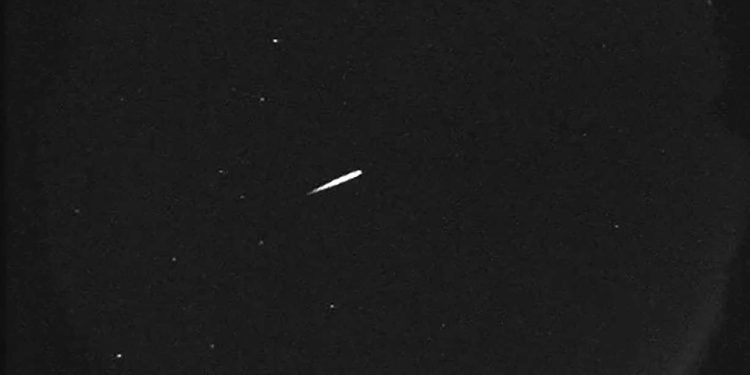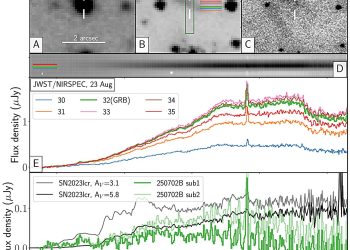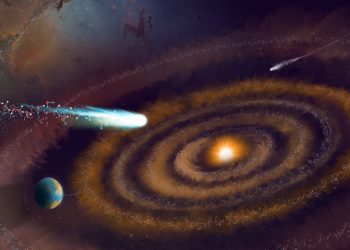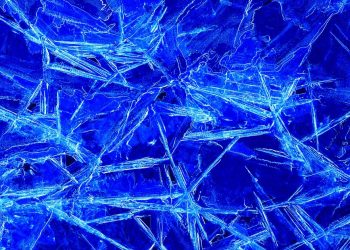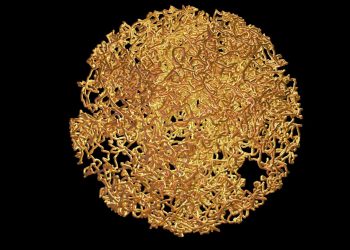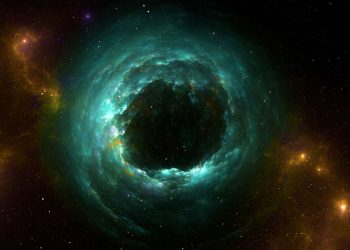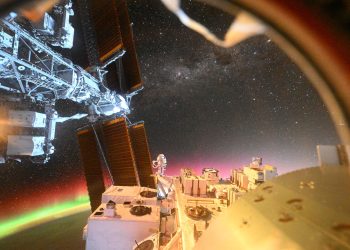ST. PAUL, Minn. — The Orionids — one of two major meteor showers caused by the remnants of Halley’s Comet — will reach their peak with the arrival of a new moon, providing a great opportunity to view shooting stars without interference from moonlight.
During Tuesday morning’s peak, expect to see up to 20 meteors per hour under ideal viewing conditions, said Thaddeus LaCoursiere, planetarium program coordinator at the Bell Museum in St. Paul, Minnesota. Viewing lasts until November 7.
“If the weather permits, it will be a great show,” LaCoursière said.
Halley’s Comet passes near Earth every 75 years. Debris left by the comet causes two major meteor showers each year.
“Sometimes the Orionids leave the trains, these lingering streaks of light in the sky,” LaCoursière said.
Here’s what you need to know about Orionids and other meteor showers.
What is a meteor shower?
As the Earth orbits the sun, it passes through debris left behind by passing comets and sometimes asteroids several times a year. The source of the Orionids is debris from Halley’s comet.
When these fast-moving space rocks enter Earth’s atmosphere, the debris encounters new air resistance and becomes very hot, eventually burning.
Sometimes the surrounding air glows briefly, leaving behind a flaming tail – the end of a “shooting star”.
You don’t need any special equipment to watch the meteor showers that streak across the sky each year, just from a location away from city lights.
How to observe a meteor shower
The best time to view a meteor shower is usually after midnight, or early before dawn, when interference from moonlight is usually least.
Competing light sources – like a bright moon or the artificial glow of ground lights – are the main obstacles to a clear view of meteors. Cloudless nights, when the moon wanes to a minimum, provide optimal viewing opportunities.
And keep looking up, not down. Your eyes will be better suited to spot shooting stars if you don’t check your phone.
When will the next meteor shower occur?
The next major meteor shower, the Southern Taurids, is expected to peak early on November 5, when the moon is full.


